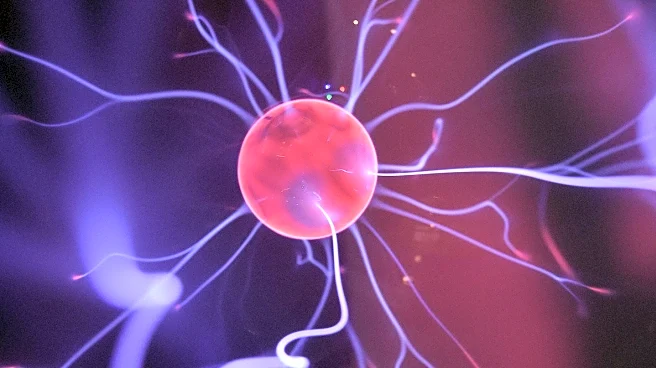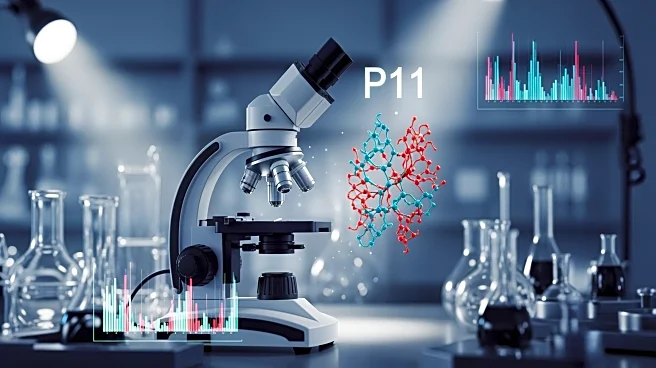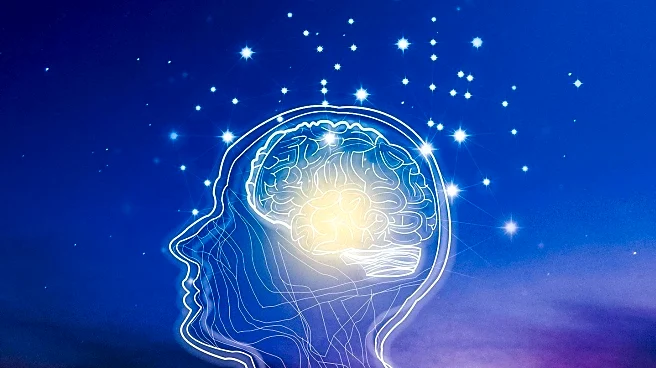What's Happening?
A team at the Institute for Neurosciences, led by Juan Lerma, has discovered a method to reverse anxiety and social deficits in mice by rebalancing neuronal activity in the amygdala. The study, published
in iScience, focused on a specific group of neurons in the basolateral amygdala, which, when imbalanced, contribute to anxiety and depression. By normalizing the expression of the Grik4 gene, the researchers restored communication with inhibitory neurons, effectively reversing anxiety-related behaviors. This approach was also successful in reducing anxiety in wild-type mice, suggesting a broader applicability.
Why It's Important?
This research is pivotal as it identifies a specific neural mechanism that can be targeted to treat anxiety and related disorders. The findings offer a potential new therapeutic strategy that could lead to more effective and localized treatments for affective disorders, moving beyond general symptom management. The study's success in both genetically modified and wild-type mice indicates that the mechanism may be a general principle in emotion regulation, potentially benefiting a wide range of patients with anxiety and depression.
What's Next?
The research team plans to further investigate the role of other brain regions, such as the hippocampus, in cognitive deficits associated with anxiety disorders. Future studies will focus on refining the genetic engineering techniques used and exploring their application in human models. The ultimate goal is to develop targeted therapies that can precisely modulate neural circuits involved in emotional regulation, offering new hope for patients with anxiety and depression.











